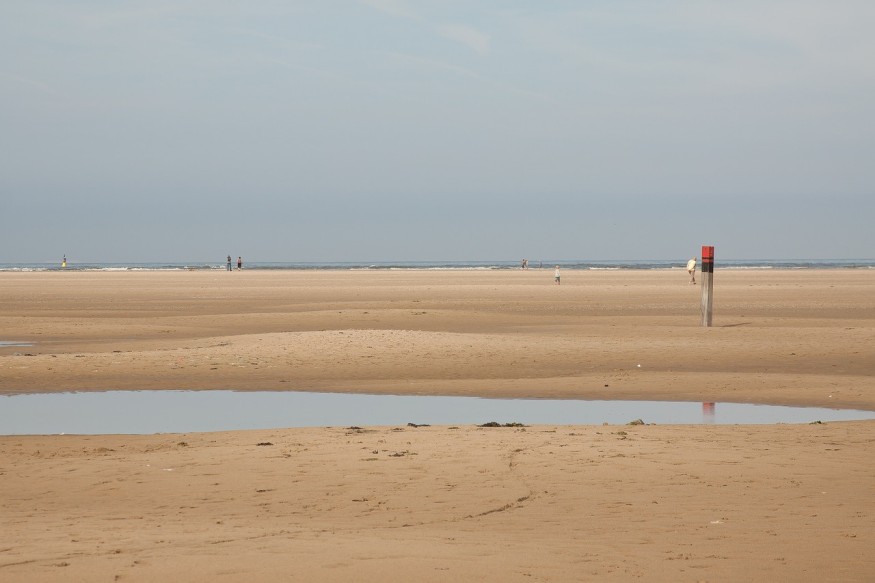Coastal erosion is almost synonymous with global sea level rise amid climate change and global warming. It has threatened some coastal communities of today from raging floodwaters coming from the world's oceans.
Now, a new study led by researchers in the United States asserts that a sand dune restoration project could be the key in mitigating coastal erosion.
Coastal Erosion

Coastal erosion, also called coastal flooding, from rising sea levels has been a growing issue among coastal communities in the United States, the Maldives, and other parts of the world in recent years. Several measures, including relocation and beach nourishment, have been taken to address the problem of rising ocean waters.
However, scientists assert there is no certain, long-lasting solution to the looming global flood threat unless people mitigate or stop greenhouse gas emissions and fossil fuel burning. Based on prevailing scientific literature, these gases fuel climate change and global warming, which causes rising temperatures that melt glaciers and ice caps, contributing to global sea level rise.
In April 2018, a study published in the journal Scientific Reports showed satellite analysis from shoreline data indicates 24% of the world's sandy beaches are already eroding at unprecedented rates of more than 0.5 meters each year. Furthermore, the 2018 research paper suggests most sandy shorelines even in marine-protected areas are eroding.
Sand Dune Restoration Project
Now, the new study published in the journal Frontiers in Marine Science, researchers are looking at dune restoration projects to be a potential solution against coastal erosion. The study focuses on sand dunes, which can occur both inland and even along coastlines worldwide. Being in coastal areas, these dunes are also at risk from coastal flooding and storms in the context of global sea level rise.
The authors of the new paper involved researchers from the University of California and other institutions who used a nature-based approach to address urban coastal erosion, as summarized by Phys.org. The research team selected a large site along Santa Monica Beach in Los Angeles, California, in December 2016. They observed the restoration of the area for a span of six years.
What makes the sand dune restoration project special is its use of an alternative approach, apart from conventional projects just filling only sands to prevent beaches from eroding. In particular, the sand dune project aims to trap sand along with an opening to the ocean and planted seeds belonging to native dune plants like Abronia maritima (red sand verbena).
Global Sea Level Rise
The elevation of terrestrial landscapes, which includes coastal communities, are not the same. With this, low-lying areas are at risk of coastal erosion and even flooding of immediate inland areas.
As of April 2022, the average global sea level has elevated by 8 to 9 inches (21 to 24 inches) since the year 1880, according to the National Oceanic and Atmospheric Administration (NOAA). In the U.S., the rate of local sea level rise is larger than the global average due to various anthropogenic land processes like oil and groundwater pumping, erosion, and subsidence.
© 2025 NatureWorldNews.com All rights reserved. Do not reproduce without permission.





